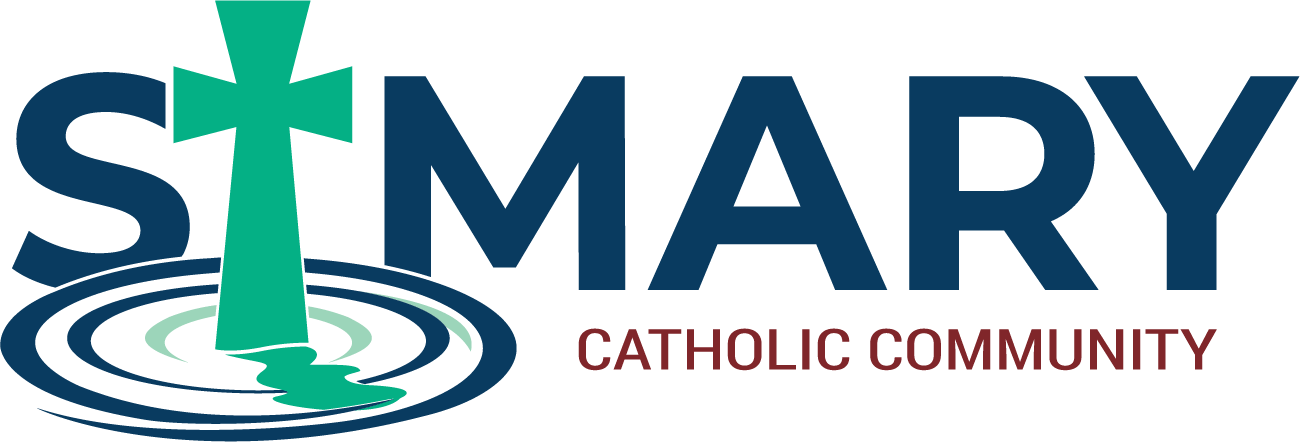Jan. 30/31: Day by Day with Father Bill, Weekend Edition
Having just concluded our celebration of the Holy Season of Christmas, it may feel a bit jarring to start reflecting together on the Holy Season of Lent. Only six weeks separate the two. This year, Ash Wednesday is February 17. Easter Sunday will fall on April 4, which is almost the earliest that Easter can be. I am always a little disappointed when Easter falls so early in the new season of Spring, for, as you and I know too well, it can still feel very much like winter in these parts. Going outdoors to light the new Easter fire and bless the new Easter candle before it is lit for the very first time can be a chilly affair, especially if there is a brisk wind. I always say that if I was Pope for a day (which will never happen), I would fix the annual celebration of Easter for the last Sunday of April. And I would convince our Orthodox sisters and brothers to do the same!
Given the early start to Lent this year, the Senior Leadership Team is finalizing our Lenten plans. Of course, we will still be in the midst of a global pandemic so our planning has to keep everyone’s safety front-and-center. Thank the good Lord that our observance of Lent and Easter this year will present an opportunity for our parish family to participate in person! Recall that last year, all of Lent and Easter, including Holy Week, were live streamed from inside an empty church.
The Liturgical Offices of the Vatican and the Diocese of Green Bay have determined that the customary practice of tracing a cross with blessed ashes onto each of our foreheads at the Ash Wednesday Mass will not be safe. While there were some preliminary thoughts about how to do this tracing safely, the Vatican has directed the global church to sprinkle a bit of ashes on to the tops of the heads of worshipers. While this is not our custom in the US, this practice has been customary in Europe since the very beginning of Ash Wednesday celebrations. Our European Catholic sisters and brothers are very comfortable with this ritual.
At our Ash Wednesday Masses this year, during the pandemic, this sprinkling of ashes will be our practice. You will be invited to receive ashes on the top of your head but know that whether or not you choose to do so will be completely up to you. Some people have said, “I want ashes so I will receive them on the top of my head! It is what it is!” You may agree or you may not agree. It is perfectly fine if you choose not to receive ashes this Lent.
To link us to the accustomed ritual of tracing a cross in ashes on a forehead, I have prepared a prayer in which, as the Shepherd of this local parish family, and in communion with Jesus, who was without sin but became sin for our sakes, I will receive a cross of ashes on my forehead and the palms of my hands, as a representative of the whole community.
In the prayer, I make a reference to the Jewish Feast of Yom Kippur, the Day of Atonement. Since the time of Moses and the prophets of old, our Jewish brothers and sisters, with the direction of their priest, would choose a goat, without blemish. The priest, on behalf of all of the people, would lay his hands on the goat, to symbolize the transfer of the peoples’ sins upon the goat, and then send the goat out into the desert to a fate unknown. This goat was named a scapegoat.
Jesus’ forgiveness is showered upon through the precious gift of his Blood outpoured. We are washed clean of our sins. There is no longer a need for the sacrifice of goats and the banishing of the scapegoat for the forgiveness of sins.
Here is the prayer which will accompany the ritual of the tracing of the crosses of ashes upon me:
The Lord Jesus, our High Priest, who did not know sin but became sin for our sakes, willingly places the heaviness of our sins and the sins of the whole world upon his open Heart. In this local faith community, our Shepherd, Father Bill, leads us in the humble example of Jesus. In this signing of his forehead and his hands with the ashes of repentance, we all participate. Kneeling before the Cross of Jesus, let us lay our deadly sins of pride (sign with ashes Father Bill’s forehead), greed and anger, (sign with ashes Father Bill’s right palm) and lust and gluttony (sign with ashes Father Bill’s left palm) before our Loving and Forgiving Lord.
Mindful of our Jewish sisters and brothers, who on the Feast of Yom Kippur, the Day of Atonement, in the time of Moses and the Prophets, placed the sins of all the people upon a blameless goat, and sent that scapegoat away to wander in the desert, we ask the Lord to receive our sins, to take them away through the Saving Blood of His Forgiveness. May our genuine sorrow for our selfishness and our acts of repentance – our prayer, fasting and almsgiving – on these Lenten days, free our hearts to believe more deeply in Jesus’ Living Gospel. Bring us through our desert detours to the gladness of the garden of Easter! We pray in Jesus’ Name. Let all say Amen!
One concluding comment:
Note that our theme for the Lenten Homily Series will be Desert Detours. On the first five weekends of Lent, I hope to reflect with you on the Lord’s invitation to turn our lives around – away from deadly sins towards lively virtues.
Note, too, that the Easter Homily Series will be Garden Gladness.
I hope that this In Joy and Sorrow is helpful.
Father Bill +
